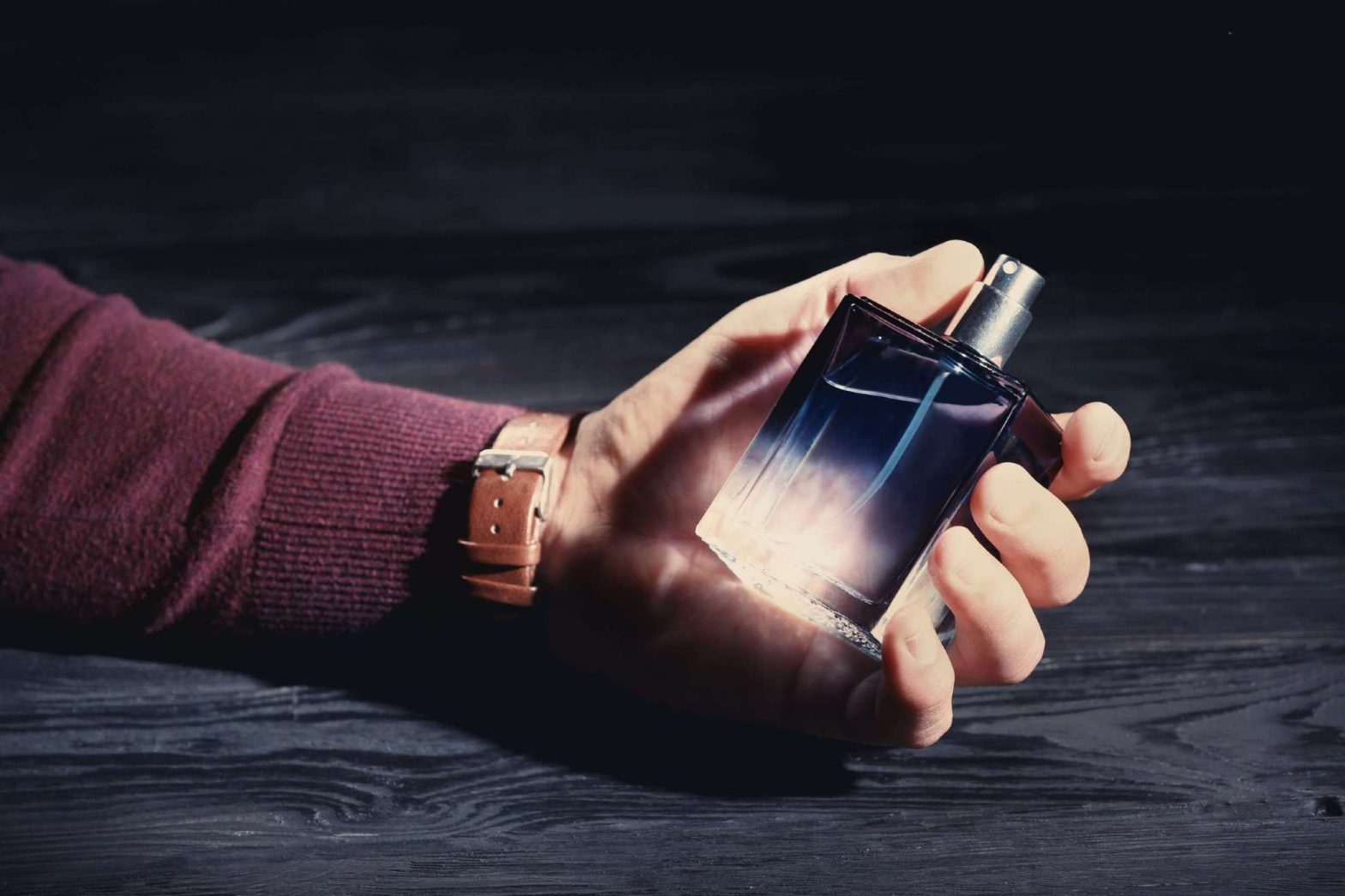The idea of buying testers is a hotly debated topic. Some fragheads say that, with testers, they can buy otherwise expensive perfumes affordably, and they are just as good as the original. Others claim that testers do not have the same juice and should therefore be avoided.
So who is right, and who is wrong? Join us to find out the truth about perfume testers and debunk some of the myths surrounding them.
Two of the biggest myths about tester perfumes are that 1) they have a different formula that yields a stronger scent when they are displayed, and 2) they are watered down before they are sold to consumers.
Contrary to popular belief, the juice in perfume testers is not different from that of regular perfumes. Testers are simply bottles of the original perfume wrapped in cardboard or bubble wrap instead of branded packaging, and they may or may not have a cap.
Simply said, testers are not stronger and do not last longer on your skin than the originals. They contain 100% of the same scent in a bottle that comes without branded packaging and no bells and whistles.
That’s because perfume testers are meant to be displayed on department store shelves so customers like you and me can spritz them on paper strips in person. To package them neatly makes no economic sense.
Caps can be costly, and for the same reason, designer brands or niche houses can choose not to include them with their perfume tester bottles. (As you may have noticed, the bottles are displayed on the shelves without them.)
The most common size for perfume bottles is 100 ml (3.38 fl oz), although sometimes you can find bottles with a volume as tiny as 20-30 ml (0.67-1.01 fl oz) and as large as 150-200 ml (5.07-6.76 fl oz).
Why Testers Don’t Have Different Juice
Developing the right formula for a fragrance takes a lot of time. It is a large upfront investment, which is the main reason perfume companies release new fragrances on an annual rather than monthly basis.
Reformulating an existing perfume can be equally capital intensive, and perfume houses only revert to it when an ingredient gets banned by a regulatory agency, increases in price, or becomes difficult to source.
A study published in the journal Molecules in May 2021 found that perfumers need an average of 1,000 trials to get to the right formula, resulting in an average fragrance development time of 1 to 3 years.
No perfume house would spend so much time and money just to make his perfume smell better on the shelves. Adding more juice and less alcohol or water won’t work; a fine balance must be maintained between the ingredients.
Testers Without a Cap: An Issue or Not?
So far, so good: we have dispelled the myth that perfume testers do not match the originals because they are either concentrated or because they have been watered down.
When you buy a perfume tester, you get the same bottle and the same fragrance as the original. The main difference is that it is packaged in a cardboard box or bubble wrap rather than a nicely designed box, and it may be shipped with or without a cap.
This is something that many of us—and especially those on a budget—can generally do without. Some wrongfully worry about the missing caps. But the caps are there to add style to the bottle and keep it from spraying during transport. It is the atomizer that protects the juice from oxidation.
The Real Watch-Outs With Perfume Testers
Testers are intended for display in stores and are not typically sold to consumers. Perfume, however, is a multi-billion-dollar industry, and tester bottles are finding their way from the supply chain into the hands of consumers.
To ensure that you not only spend less—but also get a good deal—we have a few basic rules for you to follow when buying tester bottles of your signature scents.
Buy tester perfumes only from reputable discounters you can trust. Our list of trustworthy discounters includes FragranceNet.com, FragranceX, and Gift Express. The testers must be unopened and unused and, ideally, should not have been sitting out in the light for weeks.
It is easier to counterfeit a perfume that is not in its original packaging and does not have a cap, so it is a real risk to come across fake tester perfumes from shady, unrated sellers on eBay and Facebook, as well as at flea markets and perfume swaps.
If you have the opportunity to check how old the tester bottles are and how they were stored, do so.
Although there is no universal rule of thumb for the shelf life of perfumes, the consensus in the perfume world is that a typical perfume will last anywhere between 3 and 5 years. Don’t fall for perfumes that old or older, as they will have already expired.
Perfume and light do not mix well, and perfume should be stored in a cool, dry place out of direct sunlight. When in doubt, testers wrapped in cardboard and stored in warehouses are the ones to go for.
The Bottom Line
Testers are a good option if you are shopping on a budget, are willing to compromise on the packaging and possibly the bottle’s cap, and have the ability to find them in the first place.
With that being said, the packaging and labels that perfume bottles, especially those in the higher price range, often come with are part of the luxury experience that many perfume buyers strive for.
So, at the end of the day, it comes down to your shopping habits and your personal preferences.

